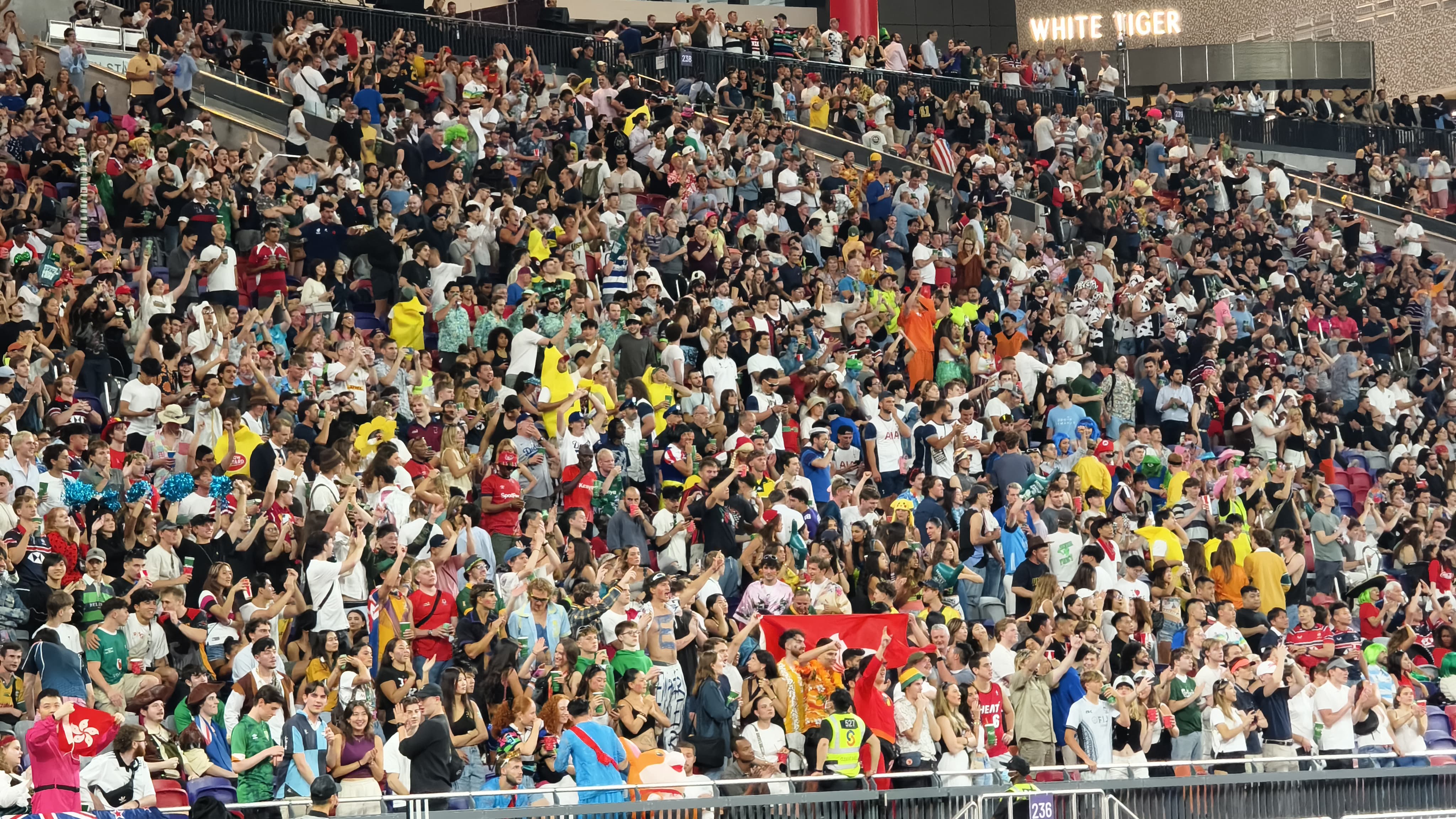5K Pace Chart: Your Ultimate Guide to Pacing, Predictions, and Performance
Running a 5K is as much about strategy as it is about fitness. A 5K pace chart lays out the split times you need to hit at each mile or kilometer—so you can predict your finish and train with precision.
What Is a 5K Pace Chart?
A 5K pace chart is a table that breaks down cumulative split times per mile and/or kilometer and shows the average pace required to hit specific 5K finish goals . By matching your training pace to your target race pace, you gain the confidence to execute on race day.
Why Use a 5K Pace Chart?
- Goal setting & prediction: Instantly see that a 20:00 finish requires 6:26 / mile (4:00 / km) .
- Training guidance: Structure workouts—easy runs at 2–3 min/mile slower, intervals slightly faster—for balanced development .
- Race pacing: Monitor splits in real time to stick to even or negative-split strategies.
- Progress tracking: Benchmark improvements by comparing current fitness to target paces.
How to Read a 5K Pace Chart
- Find your goal finish time (e.g., 25:00).
- Read across to see pace per mile (8:03) and per kilometer (5:00).
- Note split times: Mile 1@8:03, Mile 2@16:06, Mile 3@24:09 .
- In training, use the chart to set paces for long runs, tempo efforts, and interval repeats.
Sample 5K Pace Chart
| Finish Time | Pace (min/mile) | Pace (min/km) | Mile 1 Split | Mile 2 Split | Mile 3 Split |
|---|---|---|---|---|---|
| 20:00 | 6:26 | 4:00 | 6:26 | 12:52 | 19:18 |
| 25:00 | 8:03 | 5:00 | 8:03 | 16:06 | 24:09 |
| 30:00 | 9:39 | 6:00 | 9:39 | 19:18 | 28:57 |
Excerpt adapted from a comprehensive 5K pace chart range (15:00–40:00) in 30‑second increments
5K Pacing Strategies
- Even splits: Maintain identical pace each kilometer or mile.
- Negative splits: Run the second half faster than the first to capitalize on strength and conserve energy early .
- Avoid going out too fast (positive splits), which risks early fatigue.
- Adjust for course profile and weather—add 5–10 sec/km on hills or in heat.
Training with Your Pace Chart
- Easy runs: 2–3 min/mile slower than 5K pace to build aerobic base .
- Tempo runs: 10–20 sec/mile slower than goal pace for lactate-threshold adaptation.
- Interval workouts: 400 m–1 km repeats at or slightly faster than 5K pace (e.g., 85–90 sec per 400 m if goal pace is 6:00/mile) .
- Long runs: Steady pace to improve endurance; use chart to ensure you’re not over‑extending.
Conclusion
A 5K pace chart is an indispensable tool for any runner aiming to set, train for, and achieve specific race goals. By understanding how to read the chart, adopting smart pacing strategies, and tailoring your workouts, you’ll line up on race day with a clear plan—and the confidence to hit your target time.
Understanding Your 5K Running Pace Chart
Whether you refer to it as a 5k running pace chart or a 5 km pace chart, the principles remain the same: it's a critical tool for any runner aiming for specific performance goals. This chart provides a clear, data-driven approach to understanding the speed at which you need to run each segment of your 5-kilometer race to achieve your target finish time. By visualizing your required pace per mile or kilometer, you can effectively plan your training runs, execute smart race-day strategies, and ultimately improve your overall 5K performance. Familiarizing yourself with the various columns—from target finish times to individual mile or kilometer splits—will empower you to transform your running aspirations into tangible achievements.












